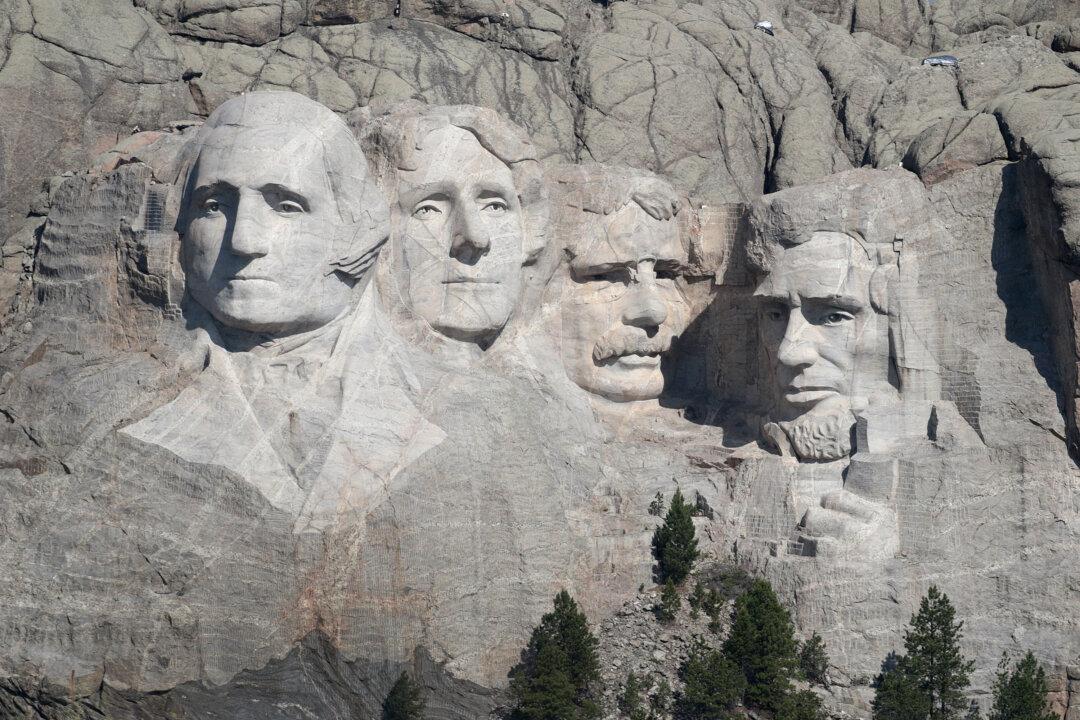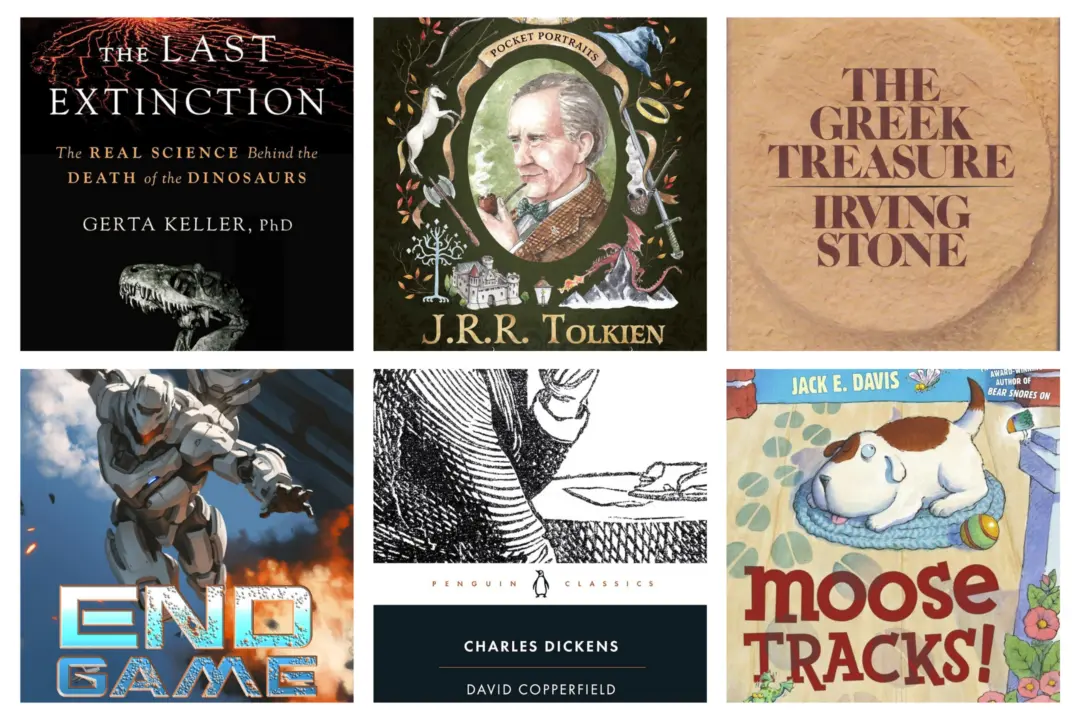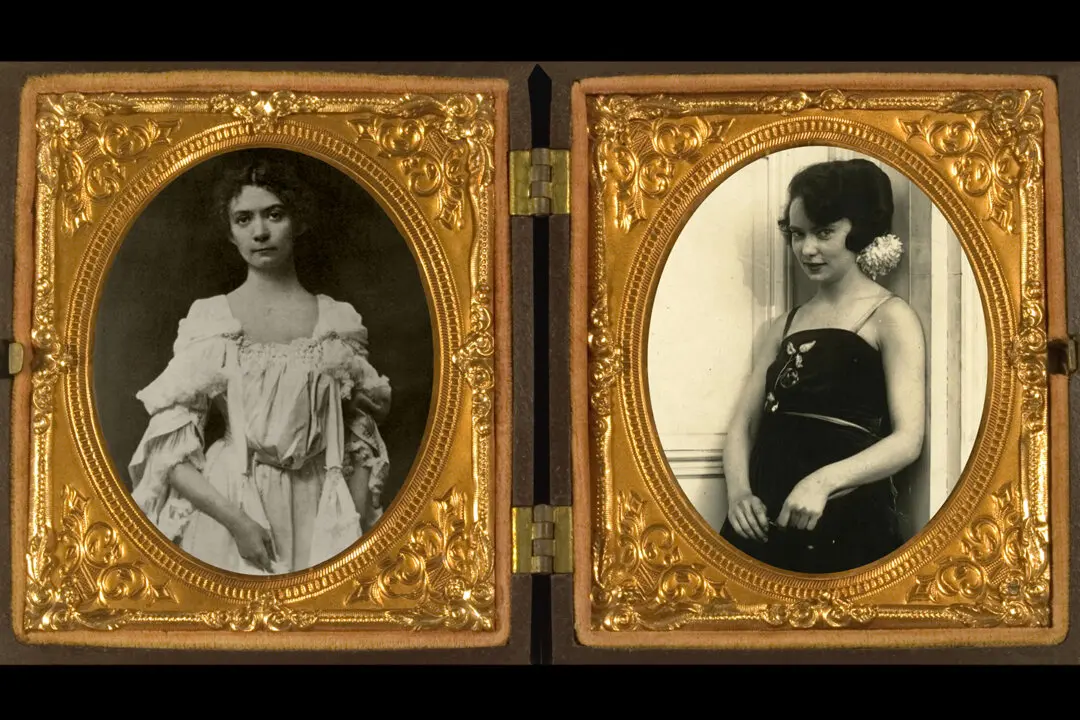In the mid-1990s, Mrs. Irene Harrison (1890–1999) several times stayed in the bed-and-breakfast my wife and I operated in Waynesville, North Carolina. Daughter of famed tire entrepreneur Frank Seiberling, this centenarian was a gracious lady with a distinctly conservative take on politics. Once when she and her son were discussing politics in the living room, I paused on some errand to ask, “Mrs. Harrison, who was the greatest president of your lifetime?”
“Roosevelt!” she exclaimed.






